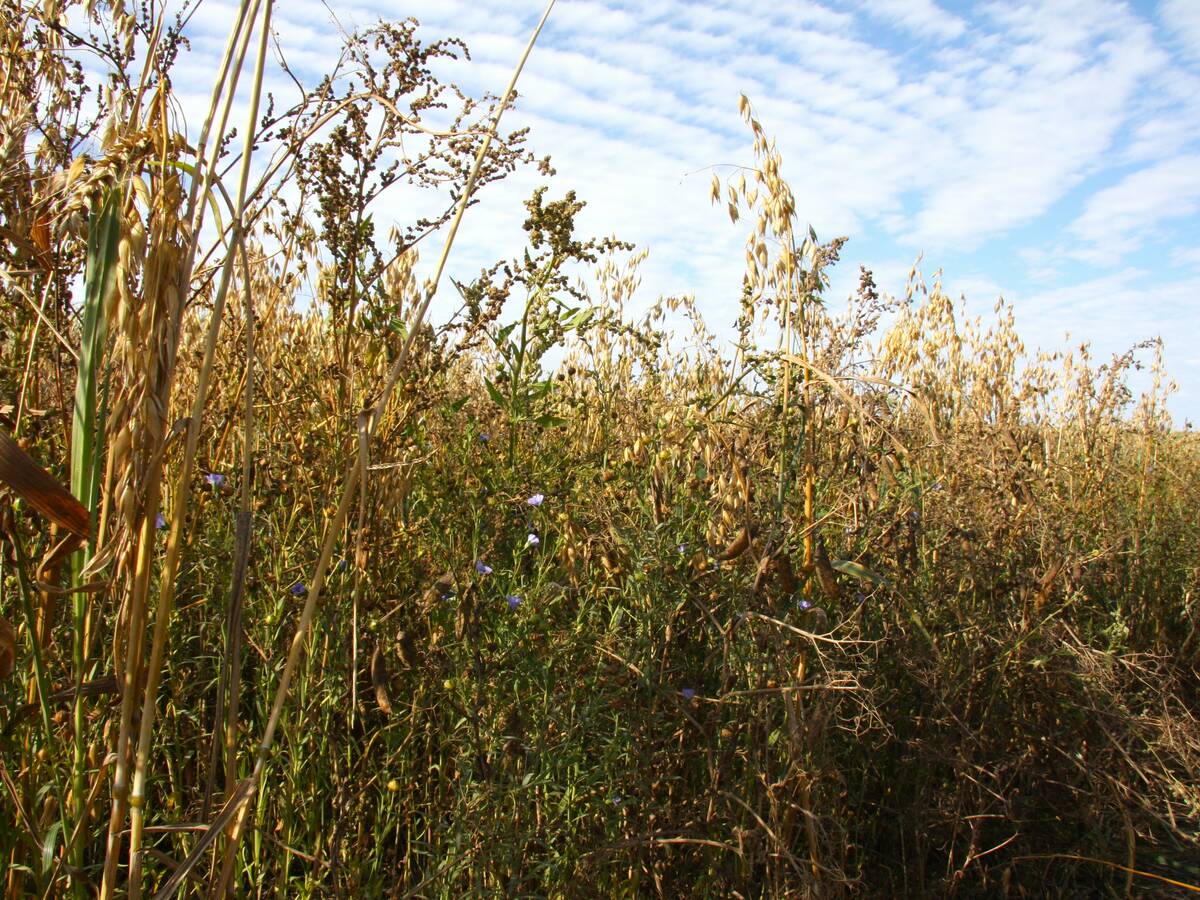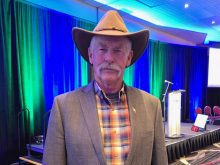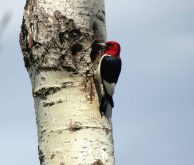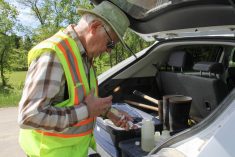Efforts to save the grasslands in Canada lag even as the urgency to save what remains of them intensifies.
That’s the message Canadian senior biologist Dan Kraus had for an audience at the Canadian Museum of Human Rights (CMHR) earlier this month.
“We are witnessing in our lifetime the loss of an iconic Canadian landscape,”said Kraus who works for the Nature Conservancy of Canada. The NCC is hosting a cross-country lecture series and held one titled “Why Grasslands Matter” Oct. 18.
More than 70 per cent of Canada’s prairie grasslands have been converted to other uses, while much of what’s left is vulnerable from human impacts, he said.
Read Also

PepsiCo nearly doubles regenerative scope
Another 240,000 farm acres managed through regenerative agriculture will be supported by PepsiCo across Manitoba and Saskatchewan by the end of 2025.
Worldwide, 50 per cent of the world’s grasslands have been converted to crops and other uses, and there are few protected areas. The International Union for the Conservation of Nature identifies temperate grasslands as the world’s most endangered ecosystem.
Yet, as threatened as this ecosystem is, the state of grassland gets little attention from an indifferent public.
When asked to name critical habitats in need of preservation, most will cite tropical rainforests or coral reefs, he said. Seldom will they mention temperate grasslands.
It may have something to do with how little kids learn about the Prairies as an ecosystem, he said.
“Or maybe it’s our Canadian fixation with trees and forests. Whatever reason, the Prairies have taken a conservation back seat to other ecosystems in Canada. ”
Globally, grasslands have disappeared into the world’s original breadbaskets. What remains is now at risk due to other threats such as desertification, fragmentation and invasive species.
Here at home, more than 60 species at risk depend on Canada’s remaining grasslands, including the plains bison, swift fox and burrowing owl. The World Wildlife Fund’s recent report on the state of Canadian species has noted grassland birds are now declining more rapidly than all other bird species.
“Some species have lost over 70 per cent of their population in just 40 years,” Kraus said. “The song of the Baird’s sparrow and the chestnut-collared longspur and Sprague’s pippet are slowly dimming on our grasslands. Our conservation response has not been proportionate to the conservation need.”
Shrinking grasslands is a telling sign of the state of the beef industry, said Fawn Jackson, founding executive director of the Canadian Roundtable for Sustainable Beef, who also spoke at the CMHR
The majority of wildlife habitat reported by Canadian farmers is natural land for pasture, with the beef industry contributing 68 per cent of the potential wildlife habitat on 33 per cent of total agricultural landscapes all due to the high proportion of grassland, native and tame pastures used to raise beef.
But even as much of the remaining grasslands in Canada continue to exist due to raising beef, the last Census of Agriculture showed a further 4.3 per cent loss of total pasture since 2006.
“We know that grassland numbers go with cow numbers,” she said.
Jackson said farmers can be asked to produce biodiversity and other ecosystem services, but it’s going to require a partnership and beef producers need tools beyond easements, that also include forage insurance and insurance on cattle prices.
“There’s more that we can ask them to do, but at the same time we absolutely have to ask the conservation community do the same thing,” Jackson said.
Kraus said despite the deep losses Canada and Manitoba still have some of the largest and best tracts of grassland left in the world.
To date, the NCC has protected more than 80,000 hectares of grasslands across the country. Manitoba’s own four types of grasslands include the tall-grass prairie, mixed-grass prairie, fescue prairie and sandhill prairie. Natural areas where sites have been protected include the Tall Grass Prairie in the southeast, and the St. Lazare Plain and East Parklands Natural Areas and the Souris River Valley Grasslands.
Kraus said despite historic losses, existing Prairie grasslands remain “places of hope” and it’s important to remember that some of Canada’s earliest conservation efforts focused on grasslands. These include the efforts in the late 19th century to save the last wild plains bison and creation of the Last Mountain Lake Bird Sanctuary in Saskatchewan in 1887.
These were the result of impassioned efforts and partnerships to save and restore Prairie heritage and we can learn from them, he said.
“Our work here matters,” he said. “And there remain key and immediate opportunities to keep this iconic landscape intact.”
















